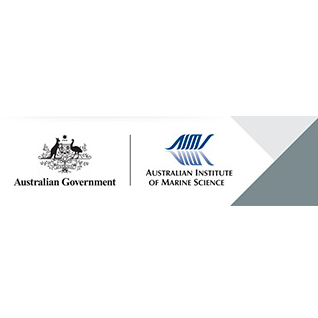Brief description
Haemolymph was obtained from 26 xanthid crabs collected at low tide from Reef 21-145 and Laver's Cay on the Great Barrier Reef. A combinatin of protease inhibitors (5 mM EDTA, 1 µM pepstatin, 1 µM aprotonin and 100 µM phenylmethylsulfonyl fluoride) was added to the haemolymph. Measurements of equilibrium 3H-STX-binding, time courses of dissociation and association, and the pH-dependence of 3H-STX-binding was conducted on the crabs. Species were: Lophozozymus pictor (2), Liomera tristis (3), Chlorodiella nigra (2), Actaeodes tomentosus (2), Atergatis floridus (15), and Platypodia granulosa (2).Rat-brain synaptosomes were prepared from postmortem rat-brain tissue and binding assays conducted. Tissue extracted from each crab tested for 3H-STX-binding activity was then assayed for paralytic shellfish toxin (PST) activity by rat synaptosome. To report the discovery of a soluble and apparently proteinaceous 3H-STX-binding factor in the haemolymph of several species of xanthid crabs.To describe the attributes of this haemolymph factor in relation to saxiphilin and the sodium channel and to test its ability to bind tetrodotoxin (TTX) and saxitoxin (STX).Lineage
Maintenance and Update Frequency: notPlannedNotes
CreditLlewellyn, Lyndon E, Dr (Principal Investigator)
Modified: 23 06 2025
text: westlimit=169.26472; southlimit=-19.535; eastlimit=169.26472; northlimit=-19.535
Haemolymph protein in xanthid crabs: its selective binding of saxitoxin and possible role in toxin bioaccumulation: Llewellyn LE (1997) Haemolymph protein in xanthid crabs: its selective binding of saxitoxin and possible role in toxin bioaccumulation. Marine Biology 128: 599-606.
local : articleId=1498
Background information on crab toxicity
uri :
http://www.aims.gov.au/pages/about/communications/backgrounders/20020905-killer-crabs.html![]()
- global : dcb114cc-1fe9-4d4e-8d55-0b24c675e38c


